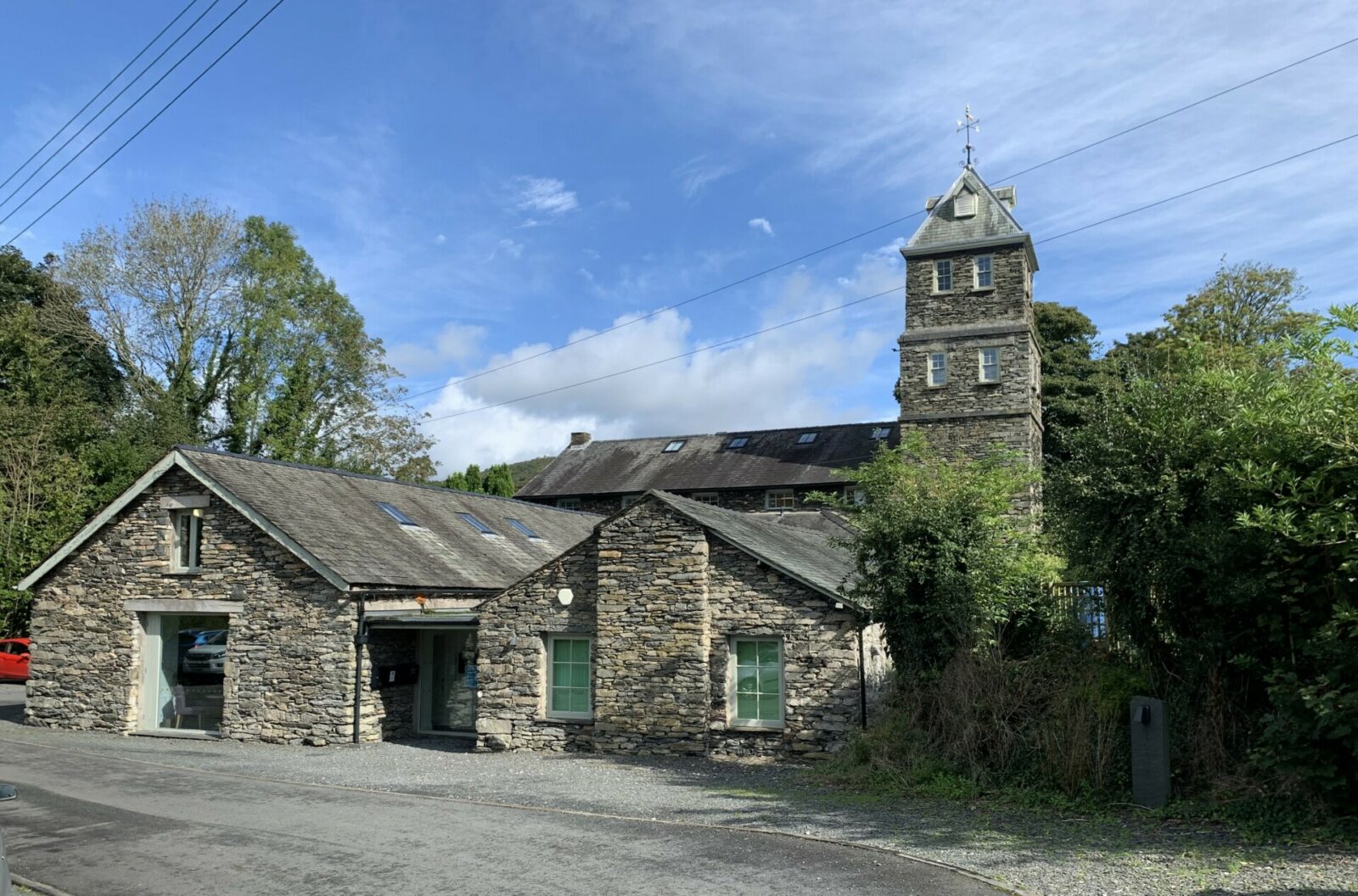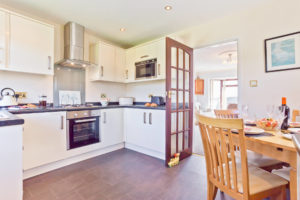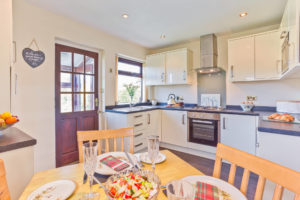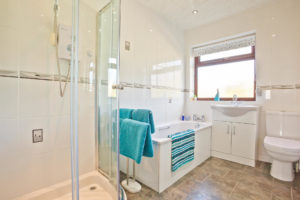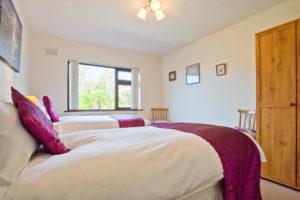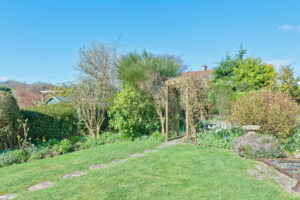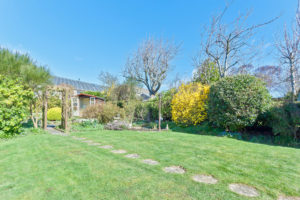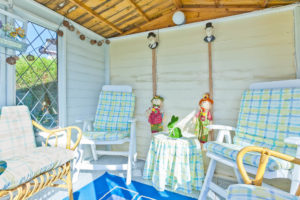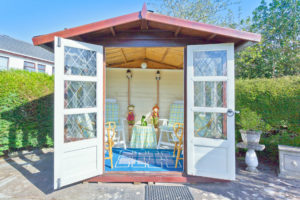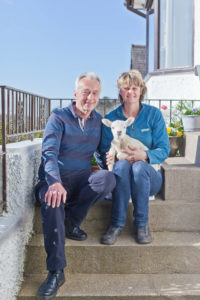Low Wood Gunpowder Works:
The Low Wood Gunpowder Works is a fascinating historical site located near Haverthwaite in Cumbria.
The works were in operation from 1799 to 1935, and they are now a Scheduled Monument and considered to be the best-preserved 19th-century gunpowder works in northern England.
The site has a long and complex history. It was originally used as a Bloomery in the early 17th century, and then as an iron furnace in the late 18th century. In 1798, Daye Barker and Co. was granted a license to manufacture gunpowder at the site. The works quickly became successful, and they expanded significantly over the next few decades.
The banks of the River Leven, at Low Wood, provided an ideal location for the gunpowder works.
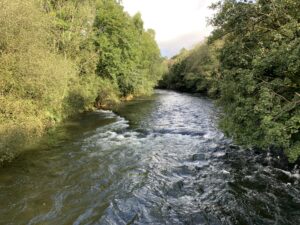
The site was powered by water from the River Leven, which flows out of Lake Windermere. The water was used to drive waterwheels, which in turn powered the machinery used to make gunpowder. The works also had a number of other features, including a boiler house, a magazine, and a railway siding.
It aslo provided transport for saltpetre and sulphur, which had to be imported, and for the finished product.
The other ingrediant, charcoal, was available locally as the area had a long tradition of charcoal making to supply fuel for the iron industry.
The gunpowder works were a major employer in the area, and they played an important role in the local economy. However, they were also a dangerous place to work. There were a number of explosions at the works over the years, and some of them were fatal.
The gunpowder works closed in 1935, and the site was subsequently used for a variety of purposes. It was used as a military training ground during World War II, and it was also used as a hydroelectric plant.
Today, the site of Low Wood Gunpowder Works is still visible. In recent times it has been developed into a modern business centre called the Clock Tower Business Centre.
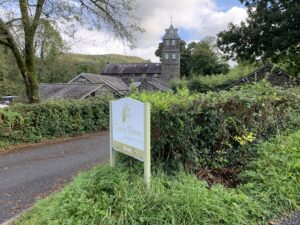
For visitors interested in history or industrial archaeology it is easy to follow a footpath that takes you around the site, so you can see the ruins of the old buildings.
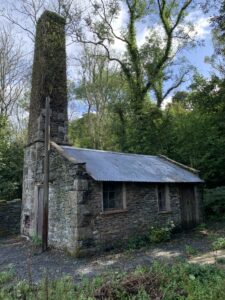
It is a fascinating place to learn about the past, and it is a reminder of the importance of water power in the Industrial Revolution.
Here are some additional details about the Low Wood Gunpowder Works:
The site is located on the east banks of the River Leven, about 1.5 miles (2.4 km) from Haverthwaite.
The works were powered by a system of waterwheels and turbines.
To this day, the site has a number of surviving buildings, including the clock tower and boiler house.
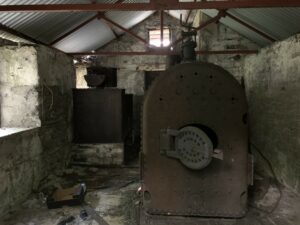
The clock tower building which once housed the offices and the saltpetre and charcoal refineries, is one of the best preserved gunpowder works buildings in the country. Fortunately, it has found a new function as a home for several modern businesses.
There are a number of footpaths in the area where you can see the clock tower and boiler house which provided steam for the nearby drying store.
The boiler house still contains a locomotive-type boiler built by J Robey & Son.
I hope this blog post has given you a brief overview of the Low Wood Gunpowder Works.
If you are ever in the Cumbria area and are looking for accommodation in the South Lakes area enquire here.
